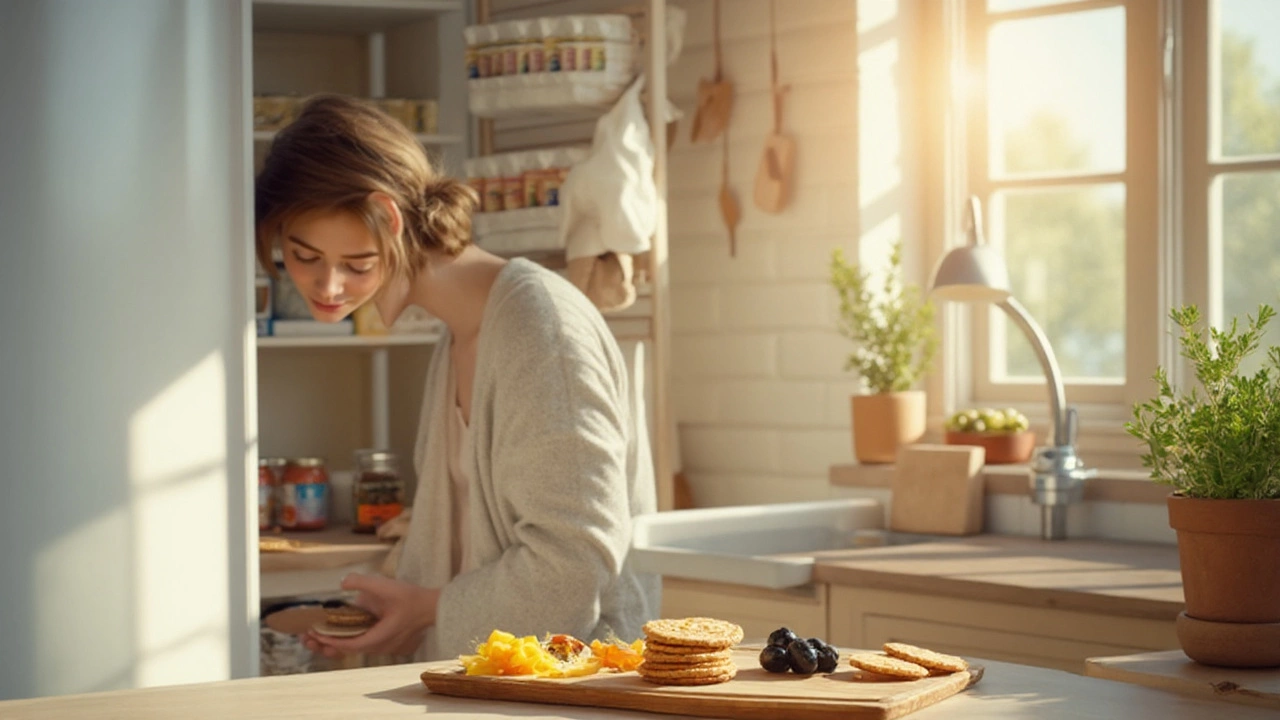Pantry Staples: Essential Ingredients for Every Kitchen
Ever opened a cupboard and felt stuck because there’s nothing you can turn into a meal? A solid set of pantry staples fixes that problem. With a few versatile items on hand, you can whisk together breakfast, lunch, or dinner without a trip to the store. Below we’ll cover the basics you should always have, plus smart ways to keep them fresh and affordable.
Core Staples You Should Always Have
Start with grains. Rice, whole‑wheat pasta, and oats are cheap, long‑lasting, and pair with almost anything. If you worry about gluten, remember that plain rice is naturally gluten‑free – just watch for cross‑contamination on the label.
Next up, proteins. Canned beans, lentils, and chickpeas give you plant‑based protein that stores for years. A few cans of tuna or sardines add quick animal protein without breaking the budget. Keep a bag of dried beans too; they soak and cook up great for soups and stews.
Don’t forget sauces and seasonings. Olive oil, a good quality vinegar (like balsamic or apple cider), soy sauce, and a handful of dried herbs (basil, oregano, thyme) turn bland grains into tasty dishes. Salt and pepper are obvious, but a pinch of chili flakes or smoked paprika can add excitement in seconds.
Finally, a few sweet and salty snacks can rescue a hungry afternoon. Nuts, dried fruit, and popcorn kernels are pantry‑friendly and satisfy cravings without the added sugar of processed chips.
How to Keep Your Pantry Fresh and Budget‑Friendly
Rotate items regularly. When you bring in a new bag of rice, move the older one to the front so you use it first. This simple habit cuts waste and keeps flavors at their best.
Buy in bulk for staples you use often, but only if you have space and will actually use them. Large sacks of oats or beans are cheaper per pound, yet they can sit for months if stored in airtight containers.
Check the labels for “best by” dates, especially on canned goods. Most canned foods are safe past that date, but for quality’s sake, aim to use them within a year of purchase.
Plan meals around what you already have. If you notice you’re low on tomatoes, search for a recipe that uses canned tomatoes, beans, and pasta – you’ll avoid an extra grocery run. The same applies to rice; a simple fried rice can be built from leftover veggies, an egg, and soy sauce.
Lastly, experiment with flavor swaps. If a recipe calls for fresh herbs you don’t have, dried herbs or a splash of citrus can do the trick. This flexibility turns your pantry into a creative playground rather than a limitation.
With these core pantry staples and smart storage habits, you’ll feel confident cooking any meal, even on a tight schedule. Your kitchen will stay stocked, your grocery bills will shrink, and the stress of “what’s for dinner?” will fade away. Happy cooking!

No Food Lunch Ideas: Quick Hacks When Your Kitchen Is Empty
Stuck with an empty fridge? Discover smart, tasty lunch fixes using pantry staples, shelf‑stable foods, and simple hacks to survive any no‑food situation.
More Detail